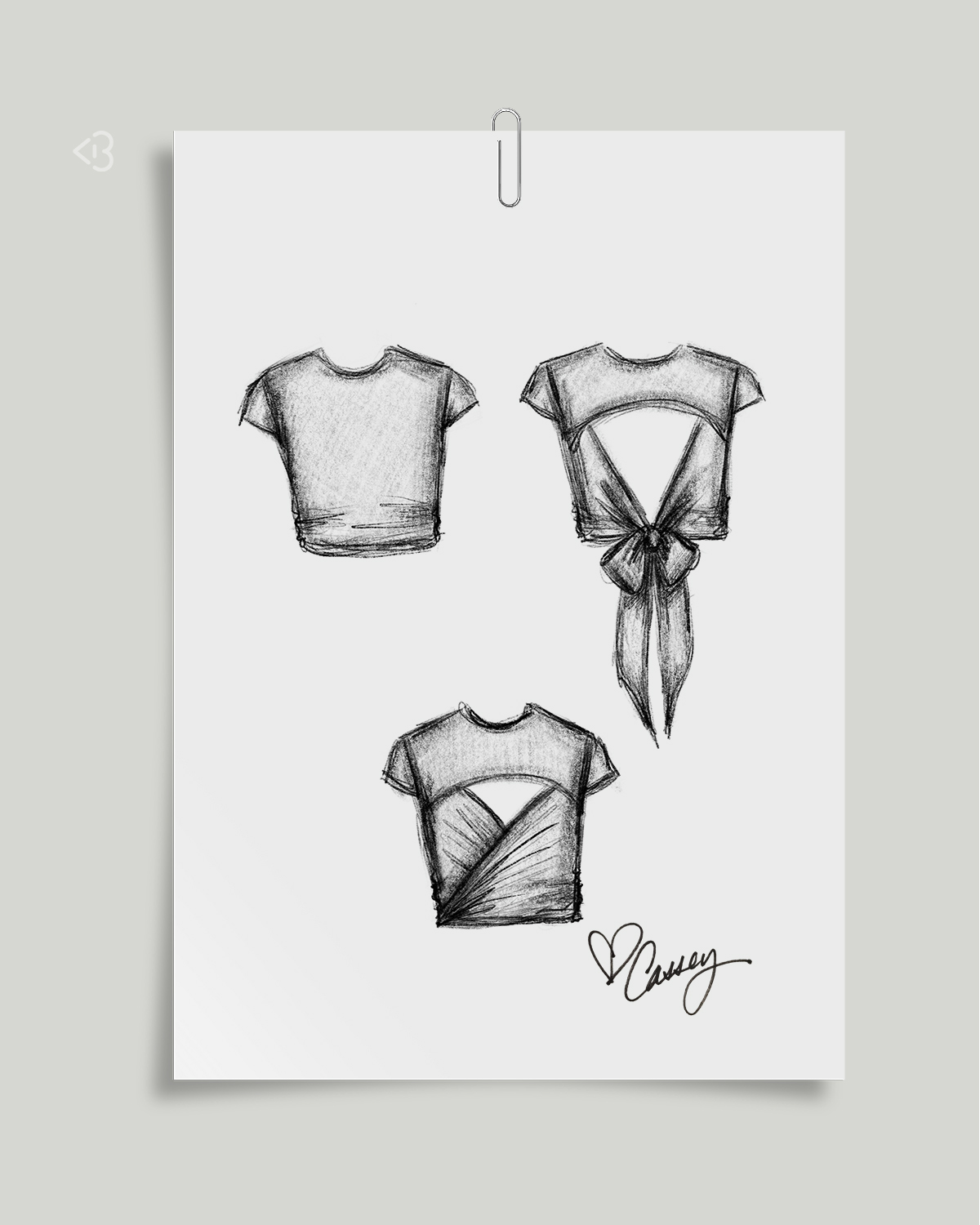
Huh? What does that mean?
In short, this means you need to be able to perform the required amount of volume (aka repetitions) of a particular skill before progressing along the continuum to the next level.
Coaching Tip: Set out functional volume pre-requisites for your clients for each step of the way to help them understand this concept. For example, something like being able to do five muscle-ups a minute for 10 minutes before they’re allowed to perform muscle-ups in a metabolic environment.
So how do you do this exactly? How do you go from where you are now—maybe with the ability to do a muscle-up, but not that many of them—to a place where you have the proficiency to perform them in a metabolic workout?
You can also watch this free webinar we hosted to better understand skill progression for both athletes and gen pop clients, including common mistakes to avoid.
As a general rule, these are the steps that need to be followed:
STEP 1: ISOLATED MOVEMENT
Start out by building volume of the skill on its own. Rest as needed and build your ability to handle more sets and more reps of the movement until you reach the prerequisite functional volume.
The progress here might look something like this:
-
Every 90 seconds x 5+ sets, 2-3 ring muscle-ups *adding reps/sets until 30 reps are achieved
-
After 30 reps are achieved, reducing rest time: Every 60 seconds x 5+ sets, 2-3 ring muscle-ups *adding reps/sets until 30 reps are achieved
-
After 30 reps are achieved, increasing reps per set: Every 60-90 seconds x 4+ sets, 4-6 ring muscle-ups *adding reps/sets until 30 reps are achieved
STEP 2: CYCLICAL
When you first introduce the metabolic component to the equation, do so by adding a cyclic movement, such as rowing, running or biking, and do so at a slow pace so as not to fatigue you too much.
And then take note of what happens to your form. If you’re not able to maintain high-quality reps on your muscle-ups after a bike effort, then slow down your effort on the bike to the point that you can preserve the quality of your muscle-ups.
The goal here might be to achieve something like this:
STEP 3: ADD OPPOSING MOVEMENTS
Once you have achieved functional volume with a cyclical movement, pair the gymnastics movement with an opposing or complementary movement, meaning a movement that challenges different muscle groups.
An example might be something like:
STEP 4: PAIR WITH SIMILAR MOVEMENTS
Once you have achieved functional volume in step 3, consider pairing your muscle-ups with a similar movement (or one that also requires either pushing or pulling strength).
An example might be something like:
STEP 5: MIXED AEROBIC SETTING
Once you get to this point you have a good amount of strength and muscle endurance, and now it’s time to put it into an aerobic environment.
An example might be something like:
-
5 rounds for time at a sustained pace: 15 wall balls, 6 ring muscle-ups, 15 cal Assault Bike *maintaining even times per round
STEP 6: MIXED ANAEROBIC SETTING
This is the last step. It means you can now express the skill in a mixed modal anaerobic environment, meaning you have the ability to perform your muscle-ups at an unsustainable level of work, with rest in between sets or rounds, in order to maintain your effort each set or round.
An example might be something like:
-
For time at a very hard effort: 8 thrusters, 6 ring muscle-ups, 20 cal Assault Bike. Rest 9 minutes x 4-5 sets
WANT TO WRITE EFFECTIVE EXERCISE PROGRAMS?
Progressing individual skills is just one small piece of the program design puzzle. Sign up for our free Fitness Coaching Course and learn the OPEX Method of personalized fitness program design, so you can start writing effective exercise programs for any client, anywhere.









Leave a Comment